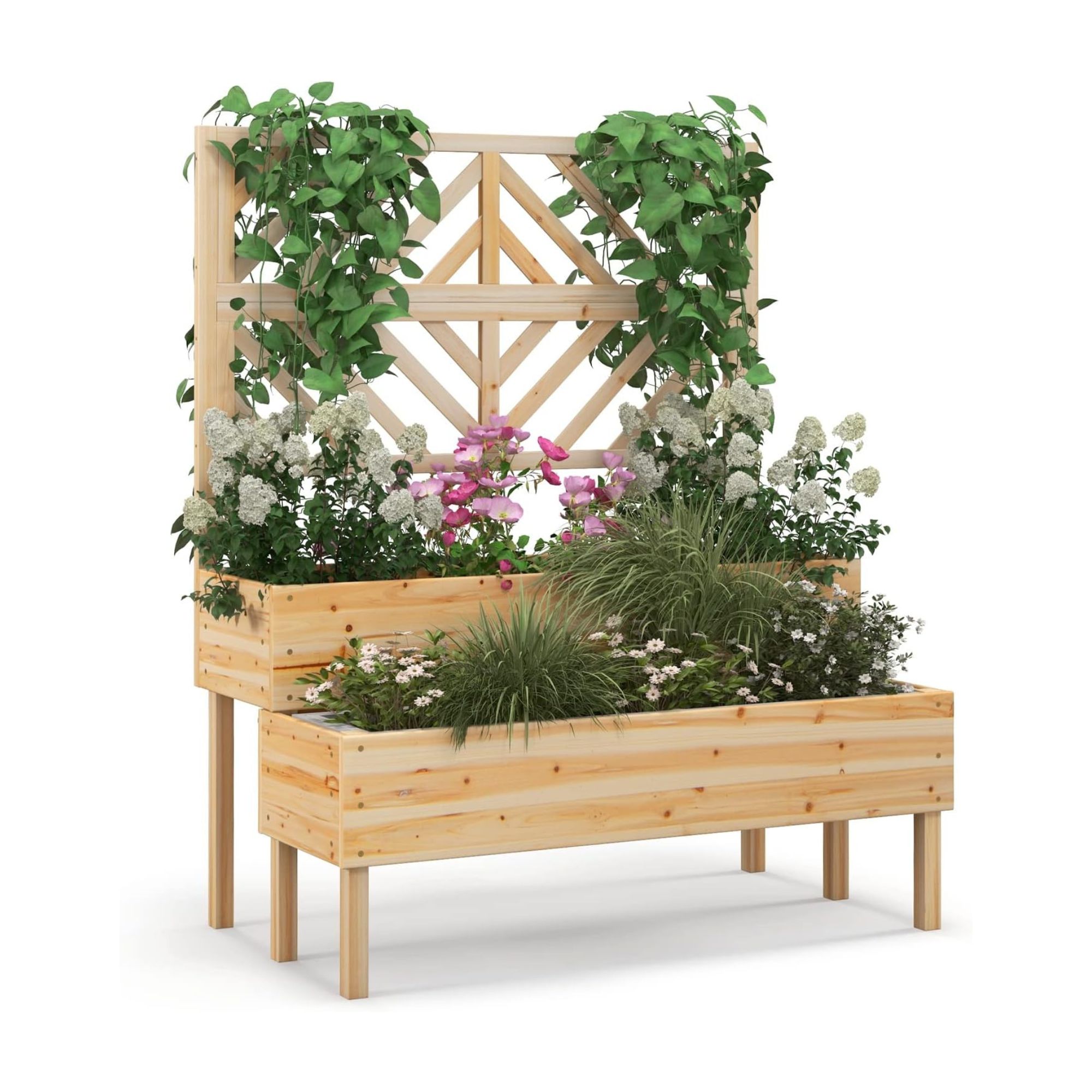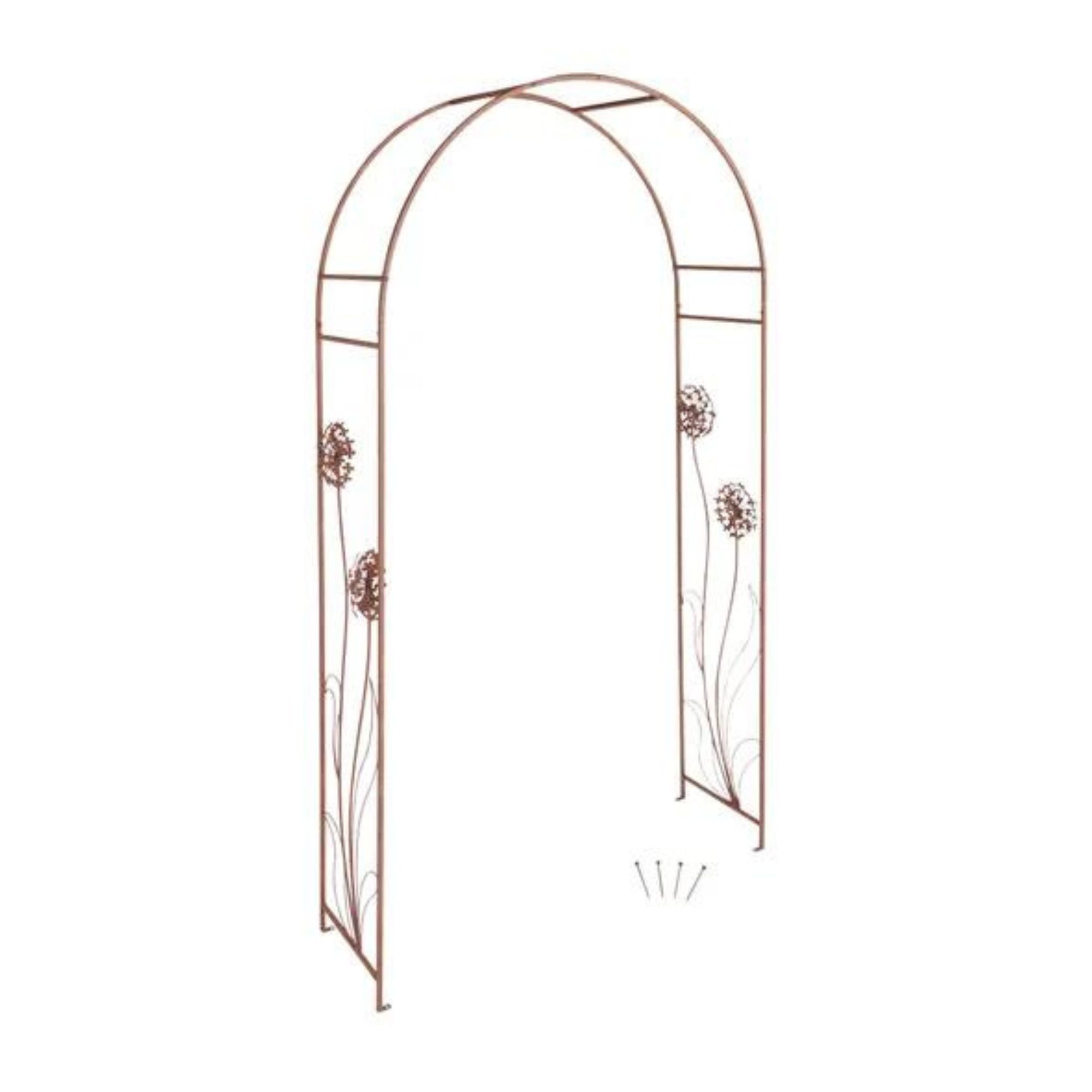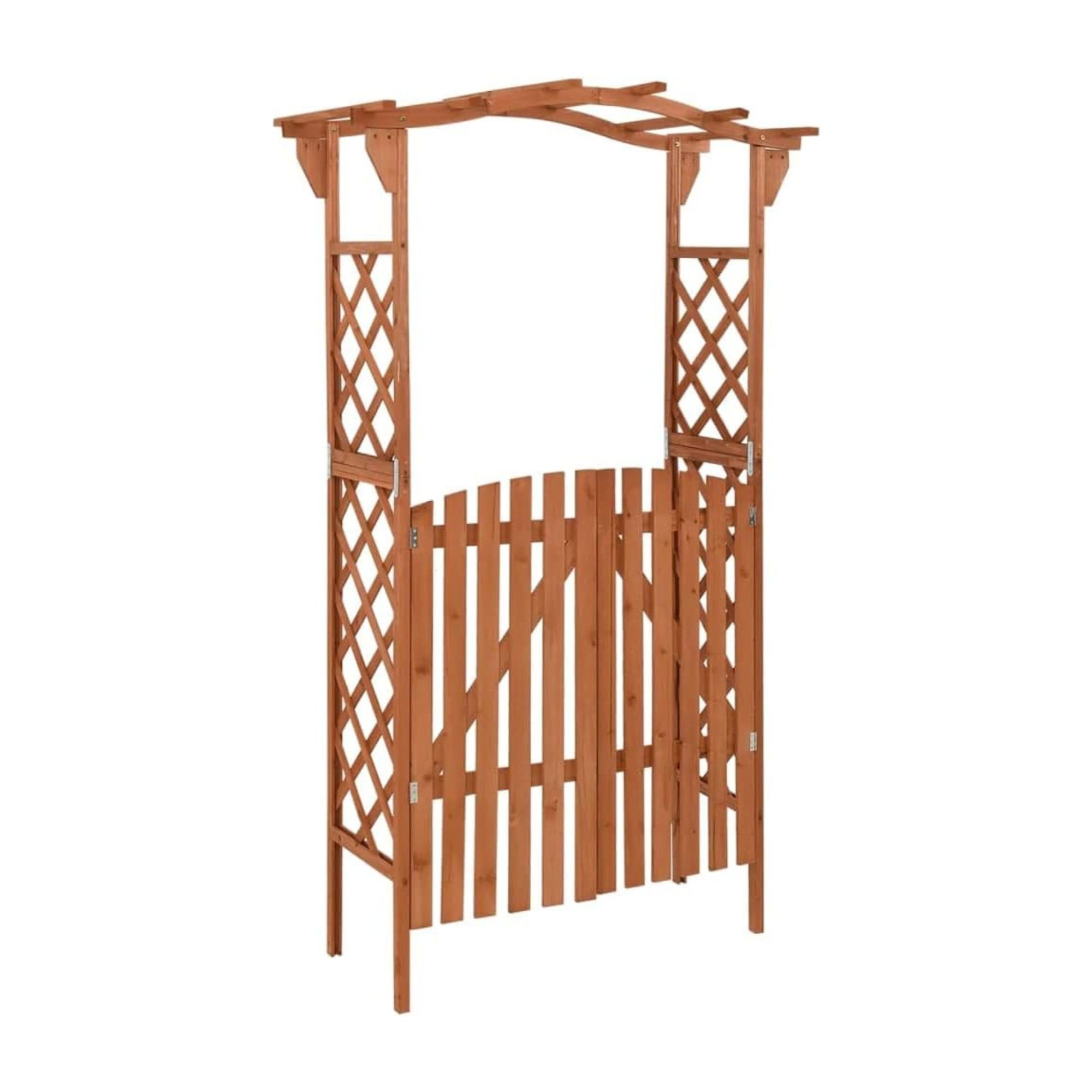Front garden privacy ideas - 7 ways to hide your home from nosy passers-by
Say goodbye to curtain twitchers


Do you feel overlooked every time you take the bins out? Can you sense the curtains twitching every time you put the key in the door? Want to avoid an awkward chat with your neighbours every time you set foot outside? If you answered ‘yes’ to any of those questions, these front garden privacy ideas may interest you.
Of course, it’s easy to forget about your front garden, but the best front garden ideas can instantly turn a neglected and forgotten space into something both practical and beautiful. And while you may take pride in making a small front garden look bigger or adding a front-facing vegetable patch to your outside space, you probably don’t want prying eyes checking out your handiwork.
That’s why we’ve spoken to experts and asked them to share their best front garden privacy ideas. This way, you can turn this extra square footage into a space for you and your family… and not your nosy neighbours.
Front garden privacy ideas
‘Front gardens are often a little-used, neglected space, but a few minor changes can help turn them into something that is a pleasure to be in. Before that, though, they need to be made more private. That doesn’t have to mean a high fence blocking out light and openness; creating a ‘sense’ of privacy should do the trick,’ explains Jonathan Rolande, Property Expert at Home Sale Hub. And this is how to do it.
1. Add some privacy trees or hedges
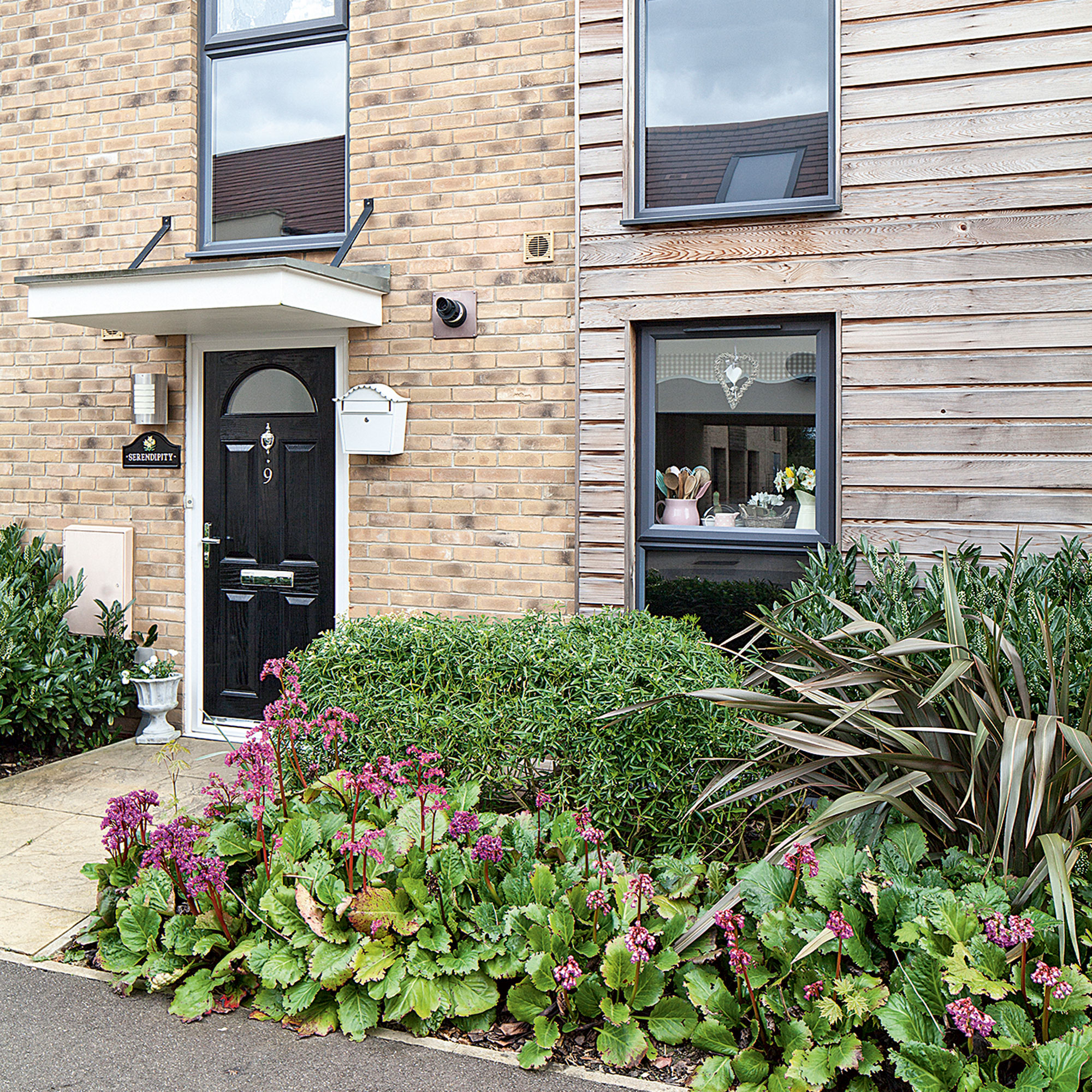
If you’re looking to add some privacy to your front garden, privacy trees and hedges offer a natural solution that will look good from all angles and also draw in wildlife. Whether you choose trees or hedges is down to personal preference, though.
Morris Hankinson, director of Hopes Grove Nurseries, explains, ‘A well-situated tree can do wonders for privacy in a garden. Make sure the tree is suitable for the space in terms of size and spread before planting to block neighbours from overlooking your garden or from passers-by seeing in towards your windows. From Acer to Magnolia, there are so many options.’
But as front gardens are typically much smaller than back gardens, it’ll work in your favour to choose one of the best privacy trees for small gardens to ensure it doesn’t overpower your space. Alternatively, you could opt for hedging instead.
Sign up to our newsletter for style inspiration, real homes, project and garden advice and shopping know-how
‘Hedging is the perfect way to provide privacy in a front garden,’ says Morris. ‘Depending on the size of your space, there are many different hedging varieties to choose from, each growing at a fast or slower rate (depending on how fast you want to block your neighbours out)!’
‘Hedging will also help to encourage wildlife, providing nesting places and shelter. Evergreen hedging such as Yew, Thuja and Elaeagnus will ensure privacy all year round, but deciduous hedging such as Beech and Hornbeam can also be very useful and many do still hold on their brown leaves in winter.’
If you choose to plant these privacy trees or hedges along a property boundary that also borders a road, just remember to keep on top of maintenance. According to the gov.uk website, ‘The highways authority can ask you to cut back hedges or trees on your property if they’re causing an obstruction in the road. If you refuse, they can go into your property without your permission to do the work themselves. They may charge you for this.’

Morris Hankinson is the founder and managing director of Hopes Grove Nurseries Ltd, the UK’s only specialist grower-retailer of hedging plants. He established the thriving business in 1992, shortly after graduating with a Commercial Horticulture Degree from Writtle College, Essex.
2. Plant out front garden borders
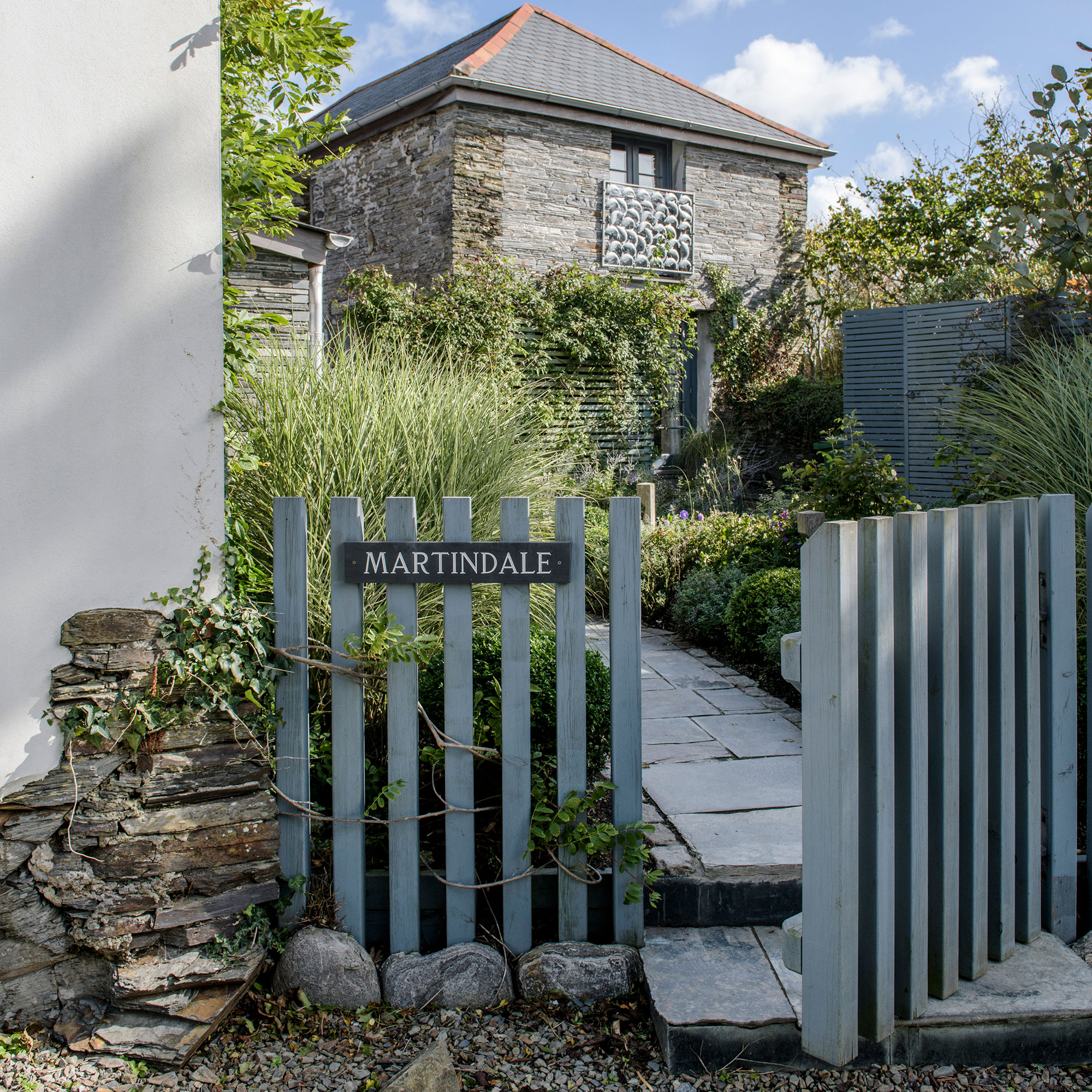
Although garden borders can hide an ugly garden fence in your back garden, they can also help to shield your front garden and your home from prying eyes.
Of course, the opportunities are endless when it comes to the plants you choose for these front garden borders, but it’s best to opt for taller plants like grasses.
Alick Burnett, managing director at Blooming Artificial, says, ‘Ornamental grasses are an excellent option and can be planted in front of any windows to block out any nosy passersby. The benefit of choosing grass plants is that there's very little maintenance to keep them healthy, plus you won't have to worry about them thinning out over winter. Opt for taller grasses and reeds, and try planting a few together to keep your front garden out of view.’
Where and how many plants you place within these borders is crucial, though. Guy Barter, Chief Horticulturalist at RHS, explains, ‘A solid peripheral barrier may not be ideal, particularly if it spoils the view. In these cases, strategically placed shrubs or bamboo planted within the garden can intercept lines of sight to particular windows. Bamboo rustles in the wind, so it also blocks out some street noise, but it will often need to have its roots contained by a root barrier to avoid excessive spread.’
But if you don’t want to actively dig your garden borders, you could use a container garden to create the same effect - either closer to your home or along your boundary line.
3. Install privacy screens
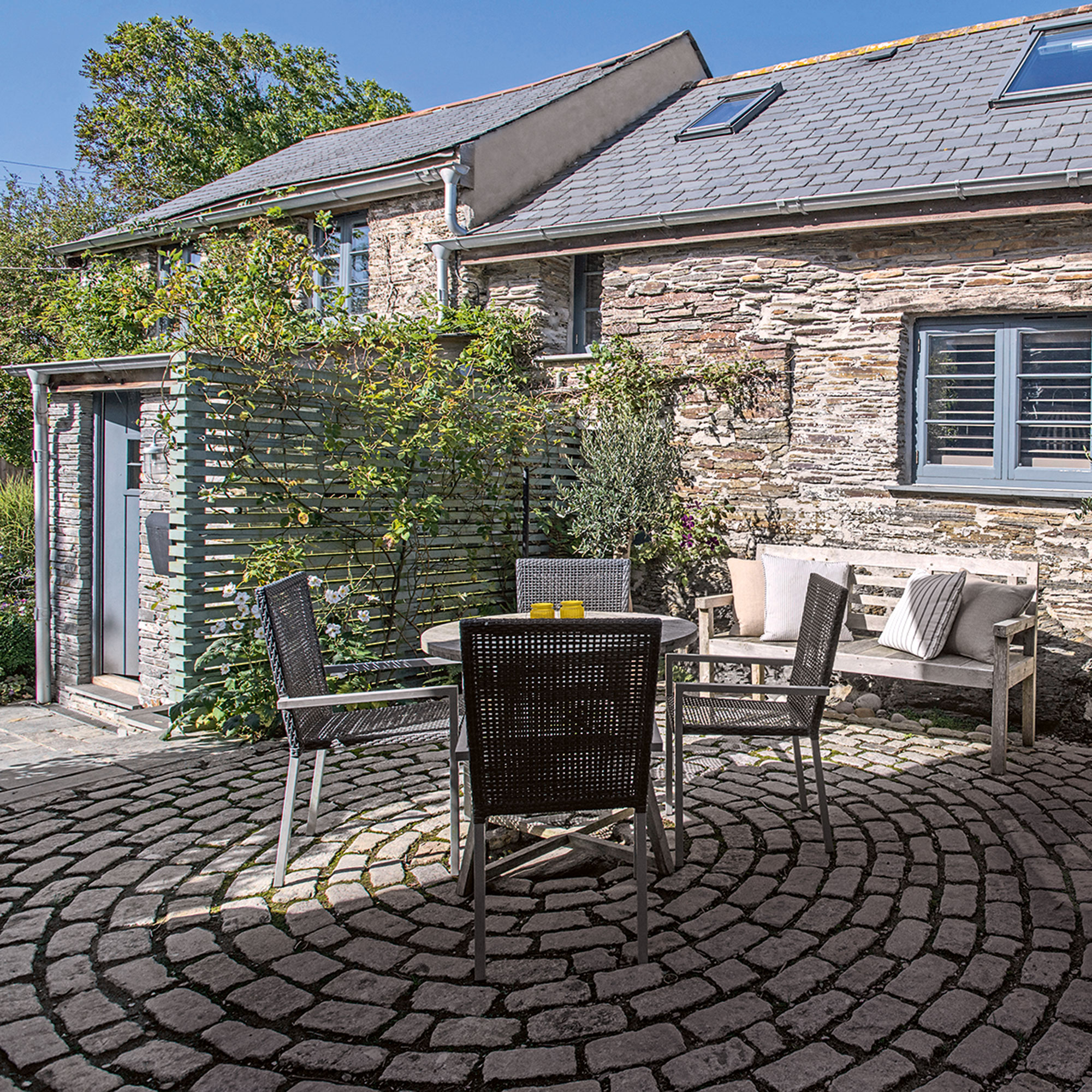
The best garden screening ideas aren’t just for the back garden; they can also be used in the front garden to make it look and feel more private.
With so many privacy screens to choose from, it’s ultimately down to you whether you opt for something natural and wooden or decorative and urban. Yet, whatever you choose will create a barrier between your property and the people and cars that roll on by.
Jonathan says, ‘Use decorative lattice or trellis-type screening in wood or metal. If you can, angle them to diffuse the morning or evening sun and create attractive shadows on your path or patio area.’
And if you want to stay on-trend, opting for cedar privacy screens could offer the perfect mix of practicality and style.
However, it’s important to note that the legal height limit for a front garden fence or screen is 1 metre if it’s placed next to a pavement or roadway. If it’s not, you can get away with 2 metres.
4. Mix a low-level fence with hedging

As the rules for front garden fence ideas and screens are fairly strict, a handy loophole is mixing a low-level fence with hedging. By adding this idea to the boundary of your property, you can ensure that you’re following legal requirements while adding even more privacy to your front garden.
‘A nice way to screen a front garden is to install a low-level fence and then some hedging alongside it,’ explains Morris. ‘This creates a layered effect and a secure space as well. A white low fence for example with box hedging on the garden side allowed to grow a few feet above the fence looks really stylish.’
It’s easy for this hedging to look messy when perched atop a sleek and structured low-level fence, though, which is why it’s important to prune the hedge when you can.
5. Play with different levels

While it may sound counterintuitive, adding more dimension to your front garden and making it more appealing to passers-by can also increase the privacy of your outdoor space. After all, your nosy neighbours won’t quite know where to look.
Andy McLaughlin, Landscaping Specialist at RF Paving, explains, ‘Creating privacy within a front garden may be difficult at times, especially when you don’t want to totally obscure the natural light. Using different levels and creating zones can be a clever and often cost-effective way of creating privacy.’
‘The use of raised beds and clever planting with paths running between the beds can be very effective. The raised beds can be constructed by using the same material as the paving that is being used for the paths, perhaps railway sleepers, or maybe rendered blocks. Whichever construction method, the use of shrubs and tall grasses will create a visual screen without compromising the aesthetics of the garden.’
If you decide to take this approach make sure you indulge in creative front garden path ideas for an extra flourish.
6. Build a wall
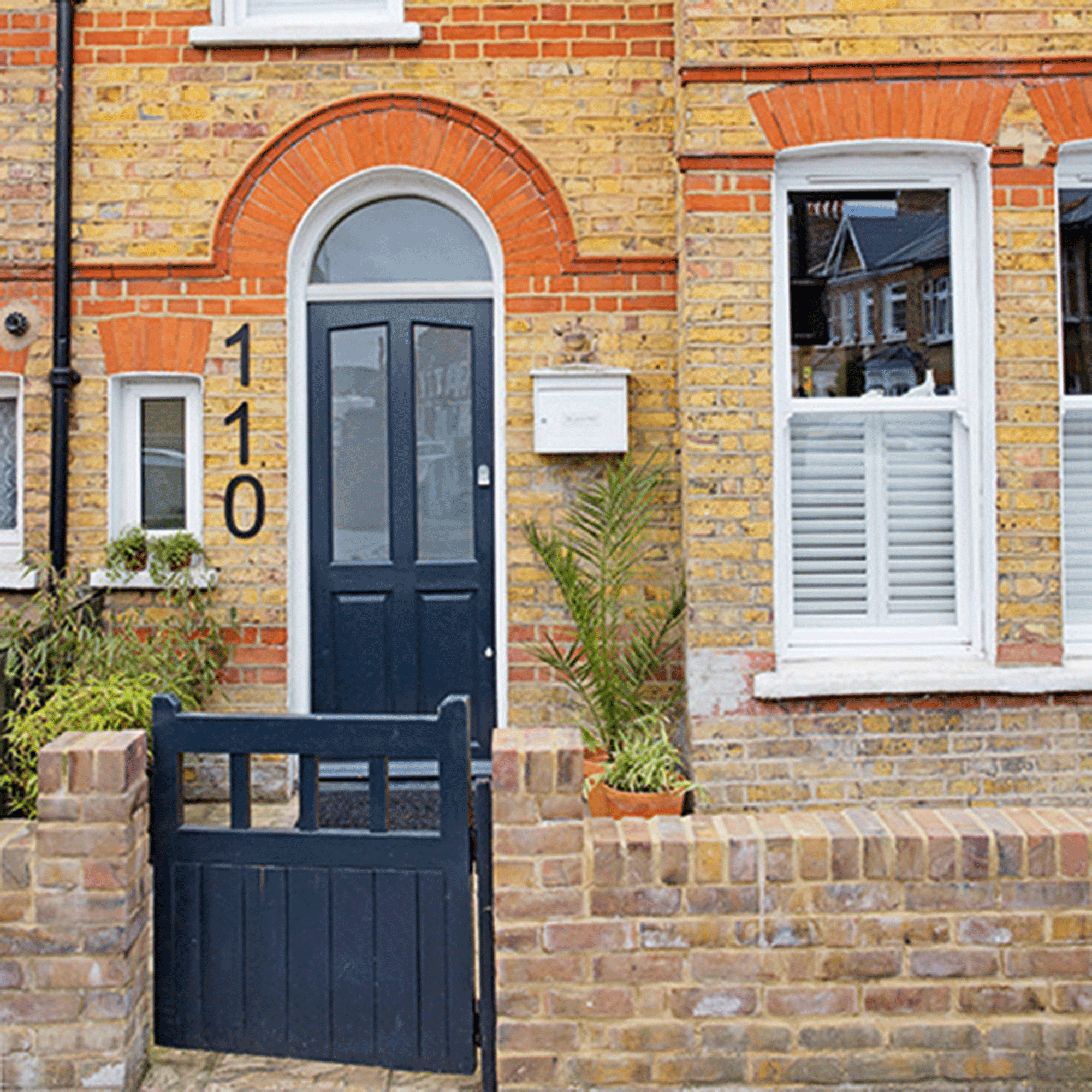
It’s safe to say that garden walls have a bad reputation. Many people see them as boring, clinical, and cold - but they can actually be a very effective way to add some privacy to your front garden.
Morris says, ‘If you have a garden wall or looking to build one for privacy, consider leaving a space for plants on both sides of the wall. Planting outside the wall will give an extra layer of privacy and look aesthetically pleasing as well.’
‘When the wall is built and the bed prepared, it could be planted with any kind of suitable plants from bulbs to perennials or flowering climbers to thorny plants to deter people! Berberis, Hawthorn or Blackthorn are thorny options.’
Alongside this, you can also build a wall that suits your taste. There are so many different bricks on offer, from classic bricks to decorative breeze blocks. Just remember to abide by the law when building a wall for front garden privacy.
The current law states that a garden wall should not exceed 2 metres without proper planning permission. If it fronts onto a road or pavement, however, it cannot be taller than 1 metre.
When it’s in place, there are also many ways to hide an ugly garden wall so you can look out of your windows and be proud of the privacy wall you’ve built.
7. Add a pergola, archway, or porch
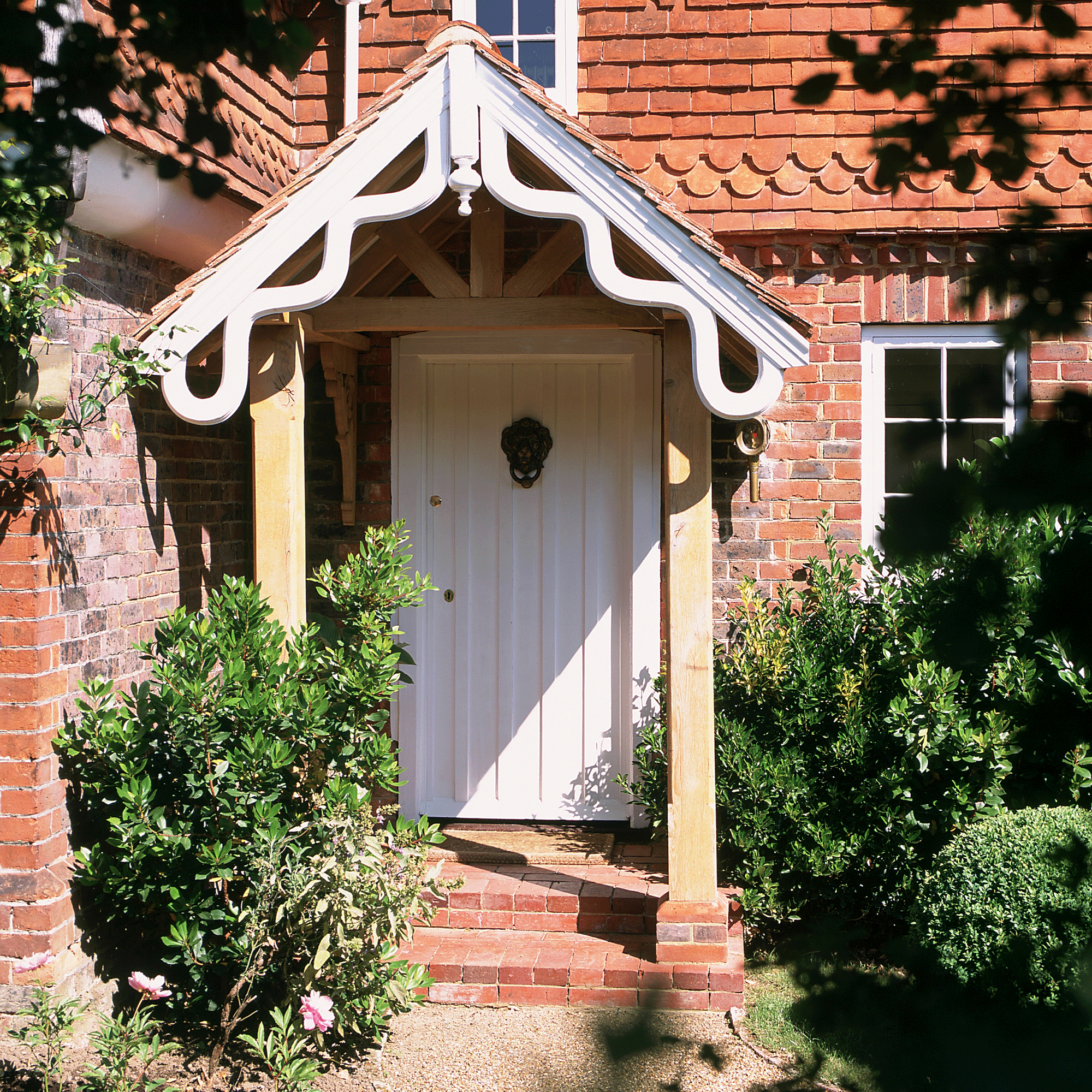
If your main aim is to hide your home from prying eyes, adding a pergola, archway, or porch into the mix could be the best option for you - especially if you’re looking to bring the cottagecore trend to life.
A spokesperson for Garden Buildings Direct says, ‘Pergolas can help to block the line of sight from onlookers. If you have a pergola with lots of gaps in the wood, you can train climbing plants to fill the spots and create an area of total privacy. Make sure to attach plants with a wire to each wooden post to provide more support.’
A front porch doesn’t cost as much as you’d think, and you don’t necessarily have to build this front porch or pergola on the front of your home, either. You could put these on the boundary of your property, adding a front garden gate to create a secondary entrance.
When that’s covered in climbing plants, it’ll look absolutely stunning while still providing your home with privacy.
FAQs
How can I make my front garden more private?
There are many ways to make your front garden more private, and this largely involves adding some kind of screening or barrier between your front garden and the outside world. It could be that you want to build a wall or install a fence, or you could opt for a more natural alternative and focus on privacy trees and tall garden borders.
Ultimately, you want to strike the perfect balance between privacy and openness. The last thing you want to do is add something that is going to make your front garden feel smaller and more contained.
How do I stop neighbours seeing my garden?
If you want to block out your neighbours’ prying eyes, think about adding one or more of the following to your front garden:
- Build a wall or fence
- Grow privacy trees or hedges
- Use privacy screens
- Add a pergola or porch
- Plant out garden borders
So, how will you be making your front garden more private?

Lauren Bradbury has been the Content Editor for the House Manual section since January 2025 but worked with the team as a freelancer for a year and a half before that. She graduated with a Bachelor’s degree in English and Creative Writing from the University of Chichester in 2016. Then, she dipped her toe into the world of content writing, primarily focusing on home content. After years of agency work, she decided to take the plunge and become a full-time freelancer for online publications, including Real Homes and Ideal Home, before taking on this permanent role. Now, she spends her days searching for the best decluttering and cleaning hacks and creating handy how-to guides for homeowners and renters alike, as well as testing vacuums as part of her role as the Ideal Home Certified Expert in Training on Vacuums, having spent over 110 hours testing different vacuum models to date!







